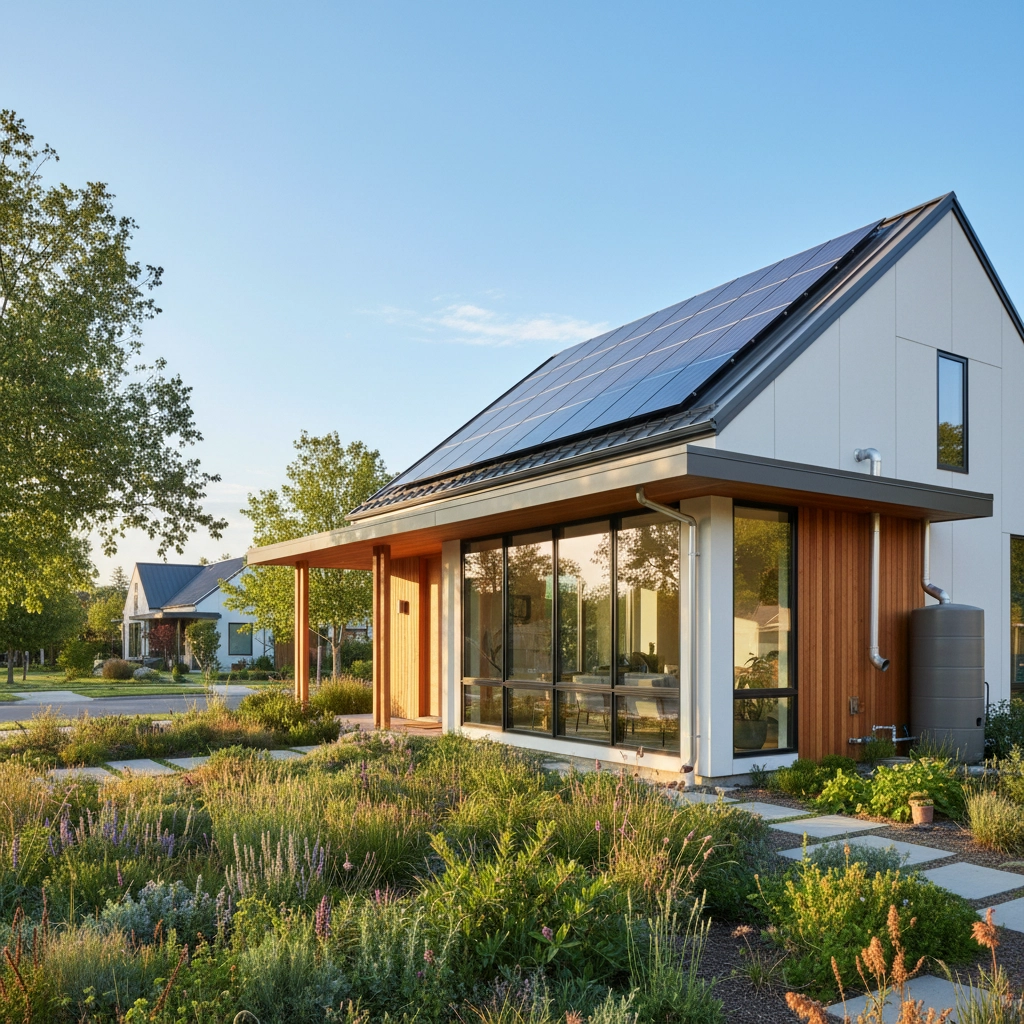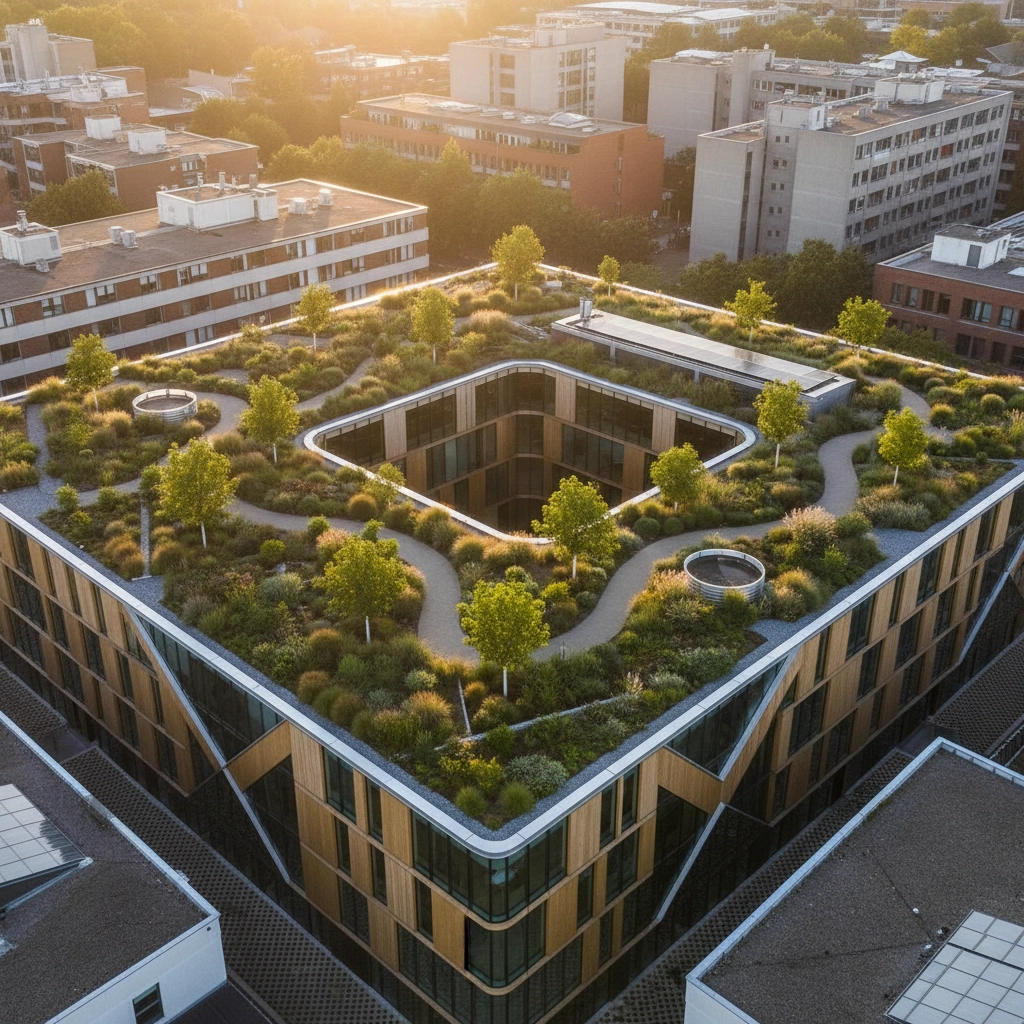Climate-Adaptive Wellness: 5 Smart Investments That Protect Your Health AND Your Wallet
- Travis Moore
- Oct 27
- 5 min read
Climate change isn't just an environmental issue: it's a financial and health opportunity waiting to be seized. Recent research analyzing 320 adaptation investments across 12 countries reveals that every dollar invested in climate adaptation generates more than $10 in benefits over ten years. Health sector investments specifically show exceptional returns of over 78%, driven by protecting people from climate-related impacts like heat stress, malaria, and dengue fever.
The compelling economics stem from a crucial insight: adaptation projects generate value every day through better health, stronger local economies, and increased productivity. This represents a fundamental shift in how smart investors should view climate-adaptive wellness: not as protective measures, but as continuous value-generating strategies that future-proof both your health and your wealth.
1. Wellness Real Estate: Your Climate-Resilient Foundation
Wellness real estate represents one of the fastest-growing markets in the global wellness economy, doubling from $225 billion in 2019 to $584 billion in 2024. This sector directly intersects with climate adaptation by incorporating features that protect residents from climate impacts while promoting long-term health.
Smart investors focus on properties with climate-resilient features: enhanced air filtration systems, flood-resistant construction, energy-efficient cooling systems, and access to green spaces. These properties command higher rental yields and appreciation rates while reducing your long-term healthcare costs through improved air quality and temperature control.
Consider investing in REIT funds focused on sustainable building practices or purchasing property in climate-resilient locations. Properties with LEED certification or similar green building standards typically see 3-7% higher property values and 30% lower energy costs, directly impacting your bottom line while protecting your health from climate-related air quality issues.

2. Energy Independence Through Solar and Battery Systems
Energy investments deliver immediate health savings and long-term financial returns. Solar panel installations with battery backup systems protect you from grid failures during extreme weather events while reducing monthly utility expenses by 70-90%.
The financial math is compelling: residential solar systems typically pay for themselves within 6-8 years through energy savings, then generate pure profit for the remaining 15-20 years of their lifespan. Federal tax credits currently cover 30% of installation costs, with many states offering additional incentives.
Beyond the financial benefits, energy independence protects your health during climate events. Battery backup ensures continuous power for medical devices, air conditioning during heat waves, and refrigeration for medications. This investment category shows consistent 15-20% annual returns when factoring in energy savings and increased property values.
Start by conducting an energy audit of your current usage, then obtain quotes from certified installers. Many companies now offer zero-down financing options, allowing you to begin saving immediately while building long-term wealth through energy independence.
3. Climate-Adaptive Agriculture and Food Security Investments
Food security investments protect against climate-induced price volatility while promoting better nutrition and health outcomes. This includes investing in vertical farming companies, sustainable agriculture ETFs, and creating your own food production systems.
Vertical farming companies show remarkable growth potential, with the market expected to reach $24 billion by 2030. These investments capitalize on climate change by providing consistent food production regardless of weather conditions, while reducing transportation costs and environmental impact.
On a personal level, invest in home food production systems: hydroponic gardens, greenhouse structures, or climate-controlled growing systems. These typically cost $500-5,000 initially but can generate $1,000-3,000 annually in food savings while providing pesticide-free nutrition that reduces healthcare costs.
Consider allocating 5-10% of your investment portfolio to sustainable agriculture funds. These funds typically outperform traditional agriculture investments by 2-4% annually while supporting climate-resilient food systems that protect long-term food security and pricing stability.

4. Health Technology for Climate Resilience
Invest in health technology that helps your body adapt to changing environmental conditions while reducing medical expenses. This includes air quality monitoring systems, water filtration technology, and wearable devices that track climate-related health impacts.
High-quality air filtration systems cost $300-1,500 initially but can reduce respiratory healthcare costs by $2,000-5,000 annually in areas with poor air quality. Smart air quality monitors help you make informed decisions about outdoor activities and indoor air management, preventing costly health issues before they develop.
Water filtration investments protect against climate-related water contamination while eliminating bottled water expenses. Whole-house filtration systems typically cost $1,000-3,000 but save $500-1,000 annually on bottled water while protecting against waterborne illnesses that could result in expensive medical treatments.
Wearable health devices that track environmental exposure help optimize your daily routines for climate conditions. These devices typically cost $200-500 but can prevent heat-related illnesses and optimize exercise timing, reducing healthcare costs while improving productivity and earning potential.
5. Nature-Based Solutions and Green Infrastructure
Nearly half of successful adaptation investments utilize nature-based solutions like urban tree planting, green roofs, and natural cooling systems. These investments deliver exceptional returns through reduced energy costs, improved property values, and decreased healthcare expenses.
Green roof installations cost $10-25 per square foot but reduce cooling costs by 30-50% while increasing property values by 6-15%. These systems also filter air pollutants, reducing respiratory healthcare costs and creating pleasant outdoor spaces that improve mental health and quality of life.
Investing in companies that specialize in green infrastructure provides portfolio diversification with strong growth potential. The global green infrastructure market is projected to reach $187 billion by 2030, driven by climate adaptation needs and regulatory requirements.
On a personal level, strategic landscaping investments using native, drought-resistant plants can reduce water bills by 30-50% while creating natural cooling zones around your property. These improvements typically cost $2,000-10,000 but add 5-12% to property values while reducing ongoing maintenance and utility expenses.

Implementation Strategy for Maximum Returns
Start your climate-adaptive wellness investment strategy by assessing your current vulnerabilities and opportunities. Conduct energy and water audits to identify immediate savings opportunities, then prioritize investments based on your local climate risks and financial capacity.
Allocate investments across multiple categories to diversify risk while maximizing health and financial benefits. A balanced approach might include 40% energy independence, 25% wellness real estate, 20% health technology, 10% agriculture investments, and 5% nature-based solutions.
Track both financial and health metrics to measure success. Monitor energy savings, property appreciation, healthcare cost reductions, and quality of life improvements. Most climate-adaptive wellness investments show positive cash flow within 12-24 months while building long-term wealth and resilience.
Climate-adaptive wellness investing represents a fundamental shift toward proactive wealth building that protects both your health and financial future. With adaptation investments showing average annual returns of 27% through reduced costs and increased resilience, early adopters position themselves to thrive as environmental challenges create opportunities for prepared investors.
Take action today by identifying your highest-impact investment opportunity and beginning the implementation process. The combination of immediate health benefits, ongoing cost savings, and long-term appreciation makes climate-adaptive wellness investing one of the most compelling opportunities for building sustainable wealth in an changing world.
Comments